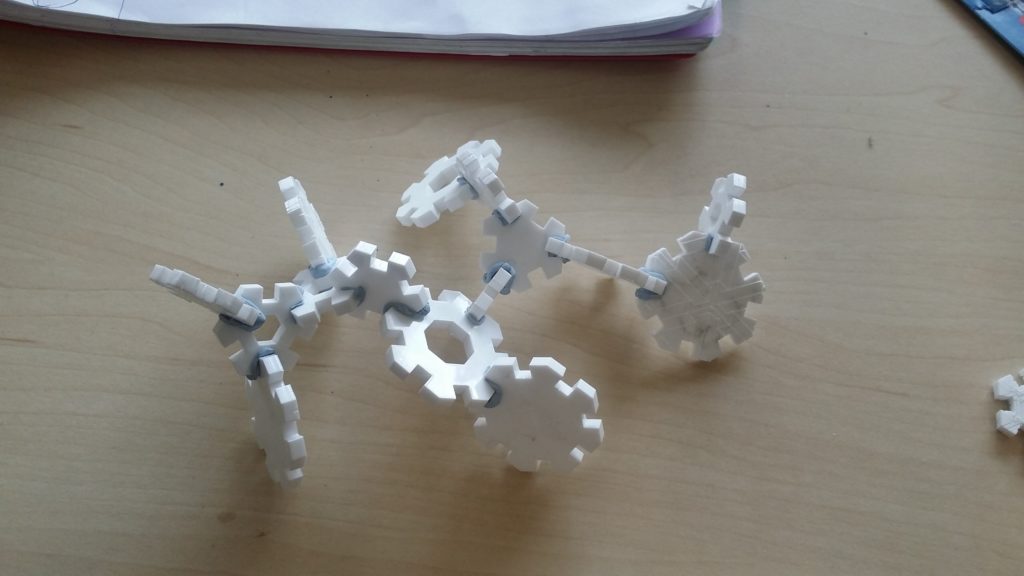A year long exploratory project for Advanced Higher Art & Design exploring perceptual relationship with nature through a semiotic analysis in the context of lighting design.
Art and Design, as opposed to the engineering-based Product Design, focuses less on tech-based skillets or problem-solving as it does on theme exploration and expressive content with theoretical frameworks applied. I started with a basic idea to explore the geometry and regular patterns in the natural environment, evolved from the abandoned theme of ‘capturing motion’; exploring movement in form.

This interest in geometric form in nature morphed into an exploration of what certain patterns and shapes mean to people, observing the boundary between organic form and the more geometric patterns which often underpin them and how this can be used loosely as a method to explore a broader conception of ‘nature’ and the built environment.
Given the long timescale format, I decided that I wanted to introduce a more technical element of my own accord, learning over the course of the year to use Arduino and constructing multiple prototypes and methods of lighting and interfacing with light. This foundational knowledge in code laid the path to my later interest in JavaScript and other technologies.

One particular branch of exploration which interested me was this exploration of triangular formations. The triangle or triangular-pyramid provides a repetitive tiling structure but the angles of 30 and 60 degrees added an element of rapidly expansive complexity (akin to polygons in CAD modelling) which opened a great many possibilities in a short amount of time.
In addition to Arduino controlled lighting, polymorph plastic played an integral role in the projects outcomes. Polymorph is a polymer with properties very close to polymethacrylate that can be moulded at around 60 degrees, allowing it to be melted down and moulded over and over again. As it turns out, it also has great optical properties as well.

The final design was a range of units, designed to be placed apart as part of a set, which function as sculptural pieces as well as mood lighting and manipulation. The units are lined with RGB LED’s to diffuse light across their bodies, hooked up to an Arduino controller and optional control panel.
Several programs were written for different effects. Capacitive touch and proximity detection was used whereby the Arduino could detect electro-magnetic interference near a circuit and respond. Once program had the panel respond to toggle colours on and off on touch. Another detected user’s proximity to an individual unit and lit the rest up like a ‘heat map’, in response to the relative position.
The idea was that, with more psychological user research, the units could read the users mood and respond with an appropriate stimulus colour.





